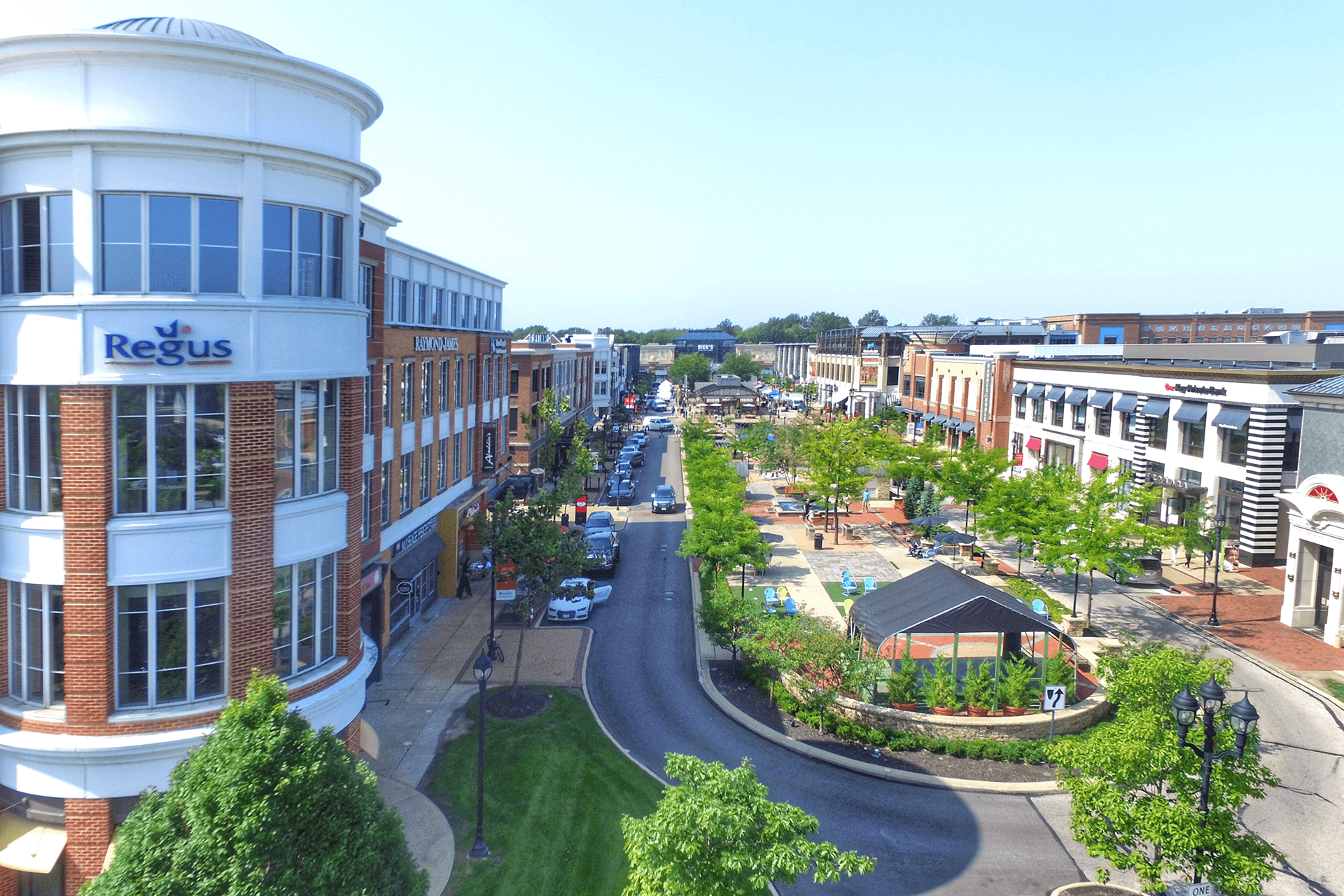From The Desk Of The CEO | March 12, 2024
What’s Hot and What’s Not in Real Estate

In real estate, staying ahead of the curve is crucial for investors, developers, and businesses alike. Let’s delve into the current trends shaping the industry, exploring what’s hot, what’s not, the rise of non-traditional players, and everything in between. And be sure to follow along each quarter as I report on what’s happening in the real estate market.
Hot: Mixed-Use Shopping Centers
The rise of mixed-use and open-air shopping centers is undeniable, fueled by several factors that make this asset class a winning bet. The ease of access and adjacent parking make these centers a convenient choice for both consumers and tenants. The appeal of a street-level storefront with direct access to the public and the energetic atmosphere created by outdoor public gathering spaces is enticing to retailers. And with the rise of curbside pickup options, drop-off areas, and valets, outdoor shopping centers align seamlessly with the growing demand for frictionless transactions. Not to mention, traditional shopping experiences continue to make a comeback as consumers return to a more hands-on approach in the wake of the pandemic. These assets make great cash flow plays. In terms of appreciation, it’s still to be determined.
Not: Traditional Indoor Malls
Once retail havens, traditional malls are facing a downturn due to a growing shift in consumer behavior. Less convenient access and peripheral parking have left shoppers feeling isolated as they struggle to find routes to easily access all the places on their shopping list. Accordingly, retailers are continually opting for open-air spaces that have more direct lines to their customers and offer much better street-level visibility. In the wake of this downturn, traditional indoor malls are looking for ways to pivot, with many opting to try and integrate more mixed-use elements like adding experiential activities, incorporating some kind of residential piece into the equation, or finding a way to repurpose entirely as warehouses or distribution centers.
Hot: Build-For-Rent
A rising star in the real estate market, the build-for-rent model is gaining traction for numerous reasons. Offering an alternative to skyrocketing home loans and mortgage payments, this asset class provides higher flexibility than traditional renting. Enhanced community amenities and reduced responsibilities for maintenance make it an attractive option for a wide demographic from recent grads to empty nesters. Currently representing a modest 2-3% of the market, industry experts predict that build-for-rent properties could command 20-30% of the market within the next decade.
Not: Offices
The enduring impact of the COVID-19 pandemic has reshaped the office landscape, signaling a move towards a more permanent era of remote/hybrid work. As such, we’re seeing the corporate tech space evolve at a rapid pace to not only accommodate, but also advance this trend. The shift closely mirrors the disruption e-commerce brought to the traditional retail market with companies and landlords being compelled to rethink the form and function of office spaces. Repurposing these spaces as multifamily dwellings and hotels is becoming a prevailing trend in many cities, particularly in the urban core. The industry is at a crossroads, and it could very well be a decade-long journey to achieve stability in this new paradigm.
Neutral: Urban High-Rise Multifamily
Despite the growing number of people moving to city centers across the country, urban high-rise multifamily developments face a precarious future, mainly due to the fact that they are heavily dependent on many factors. Everything from market dynamics, to land policies, to financing, to the cultural-political climate of specific regions impacts their feasibility. We’re seeing cities like Chicago, New York, and San Francisco continue to struggle with this asset class while areas like Miami, Nashville, and Boise boom as more favorable market conditions prevail from local decision makers.
Non-Traditional: Data Centers
While not a traditional player in commercial real estate, data centers are emerging as unsung heroes in the industry. Operating as a new form of infrastructure – what essentially amounts to a utility – has made this asset class indispensable in an era dominated by Internet and cloud-based technology. With the continuous expansion of cloud services and the like, data centers offer lasting value to end users, showcasing their stickiness in the market.
The real estate landscape is undergoing a transformative period, with certain sectors blazing a trail, others facing decline, and non-traditional players gaining prominence. Staying primed and on top of these trends is essential for navigating the dynamic environment and making informed decisions in this evolving industry. 

Sincerely,
Ezra Stark
Chief Executive Officer

